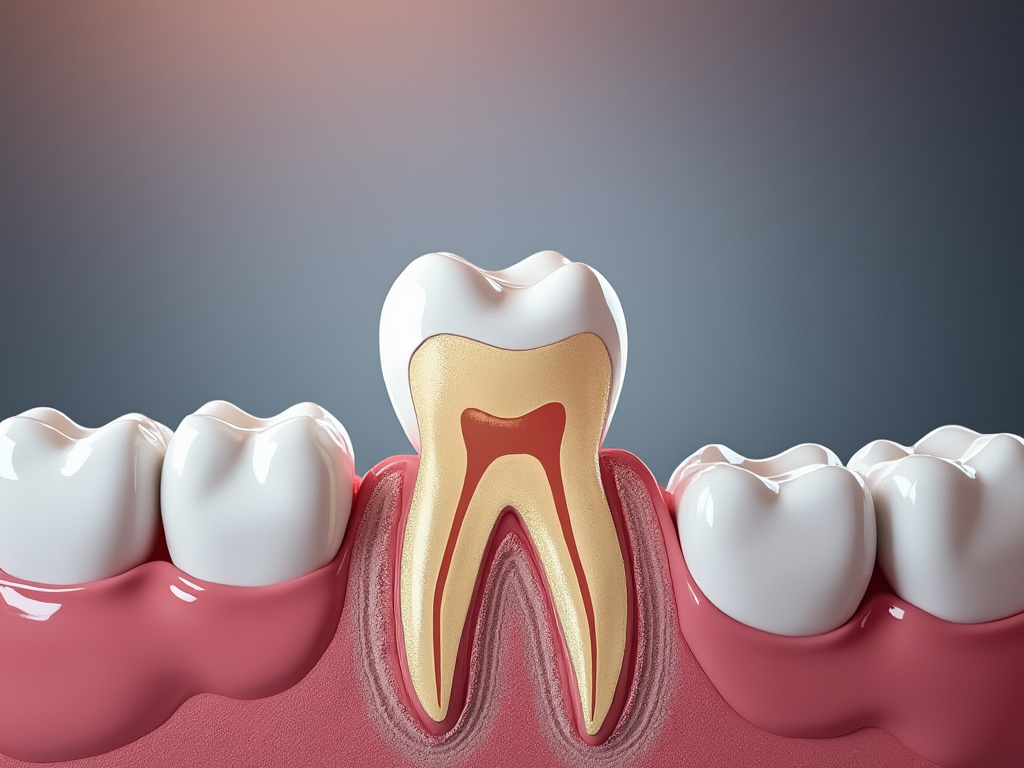Understanding Root Canal Treatment: What It Is, How It’s Done, and Why It’s Necessary
A root canal is a dental procedure designed to treat infection or damage within the tooth’s pulp—the innermost part of the tooth containing nerves, blood vessels, and connective tissue. This treatment aims to eliminate bacteria from the infected root canal, prevent reinfection, and save the natural tooth.
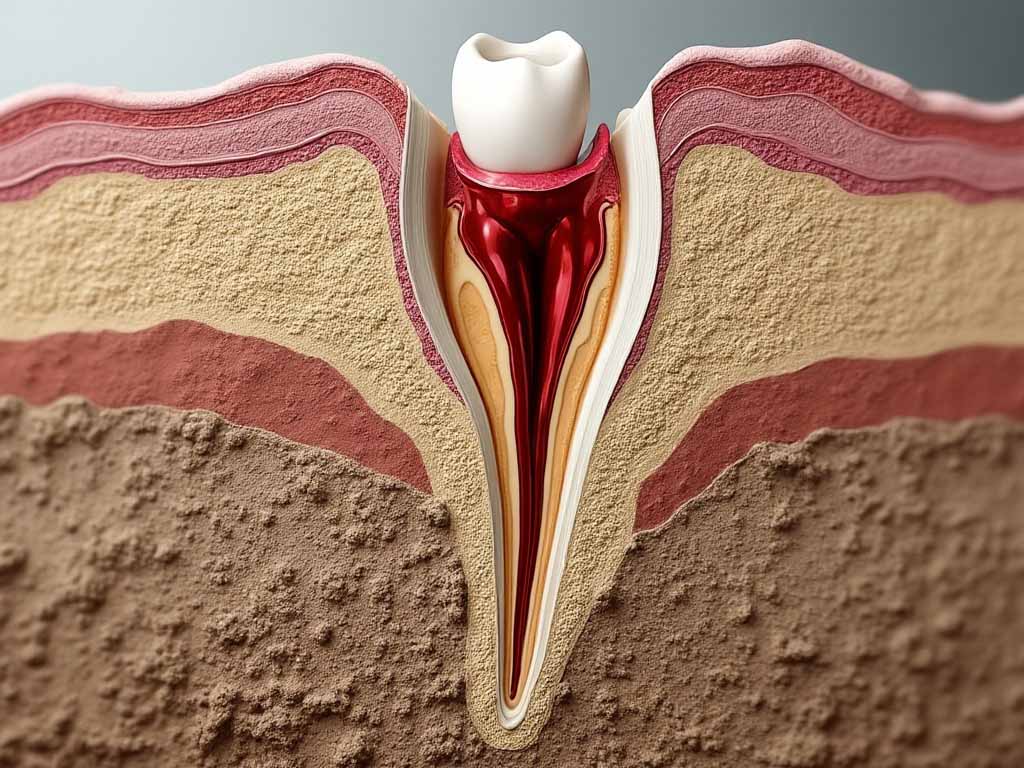
Why Is a Root Canal Necessary?
A root canal is necessary when the pulp becomes inflamed or infected due to various reasons:
Deep Decay
Extensive cavities that penetrate through the enamel and dentin into the pulp.
Repeated Dental Procedures
Multiple treatments on the same tooth can stress the pulp tissue.
Cracks or Chips
Physical damage to the tooth can expose the pulp to bacteria.
Injury
Even without visible cracks, trauma can harm the pulp.
If left untreated, pulp inflammation or infection can lead to pain or the formation of an abscess, a pus-filled pocket that forms at the end of the tooth’s root.

Signs You Might Need a Root Canal
Common symptoms indicating the need for a root canal include:
Severe Toothache
Pain during chewing or application of pressure.
Prolonged Sensitivity
Lingering sensitivity to hot or cold temperatures, even after the stimulus is removed.
Discoloration
Darkening of the tooth, indicating nerve damage.
Swelling and Tenderness
Swollen gums near the affected tooth.
Recurring Pimples on the Gums
Indicates the presence of an abscess.
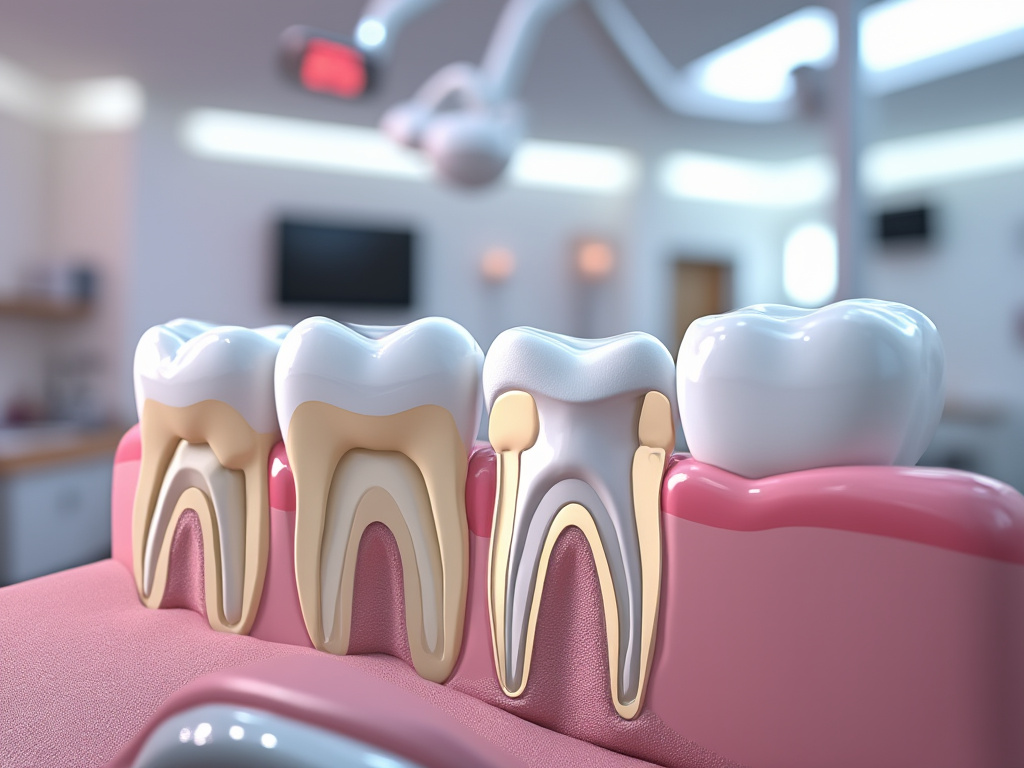
The Root Canal Procedure
A root canal typically involves the following steps:
This procedure is usually completed in one or two appointments, depending on the tooth’s condition and the extent of infection.
Anesthesia
Local anesthesia is administered to numb the affected tooth and surrounding area, ensuring a painless procedure.
Access Opening
A small opening is made on the tooth’s crown to access the pulp chamber.
Pulp Removal
Infected or dead pulp tissue is carefully removed using specialized instruments.
Cleaning and Disinfection
The inner chambers and canals are thoroughly cleaned and disinfected to eliminate bacteria.
Filling
The cleaned canals are filled with a biocompatible material, typically gutta-percha, to seal them.
Restoration
A temporary filling is placed, which is later replaced by a permanent filling or crown to restore the tooth’s function and appearance.
Benefits of Root Canal Treatment
Opting for a root canal offers several advantages:
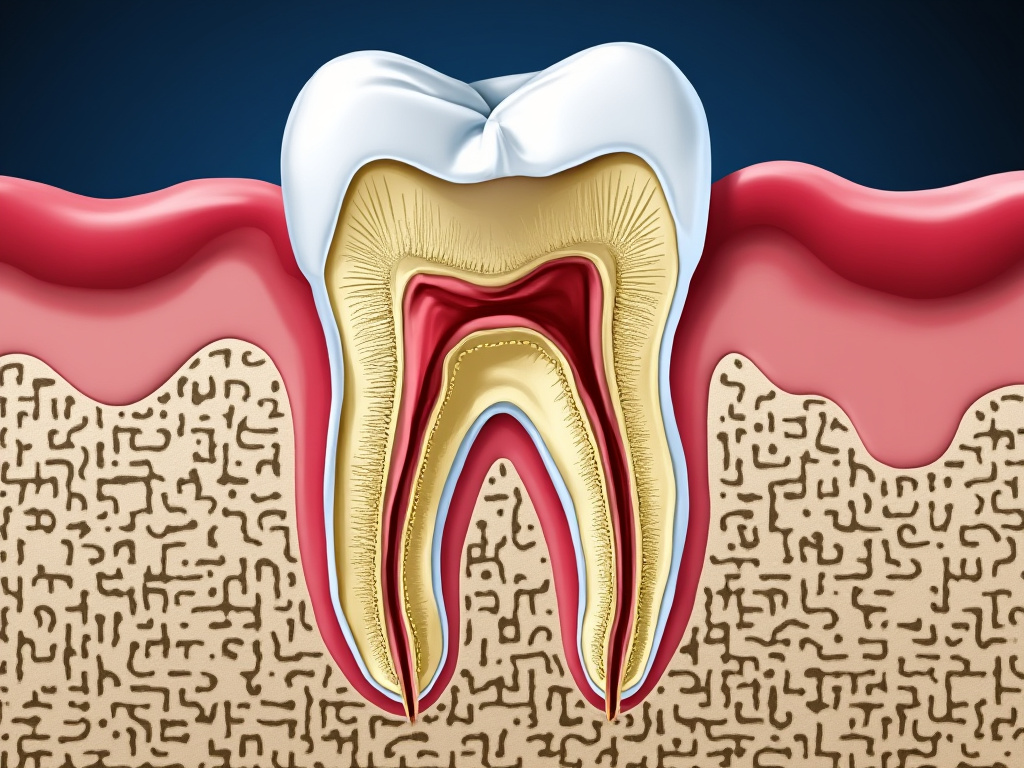
Maintains your natural smile and chewing efficiency.
Preservation of Natural Tooth
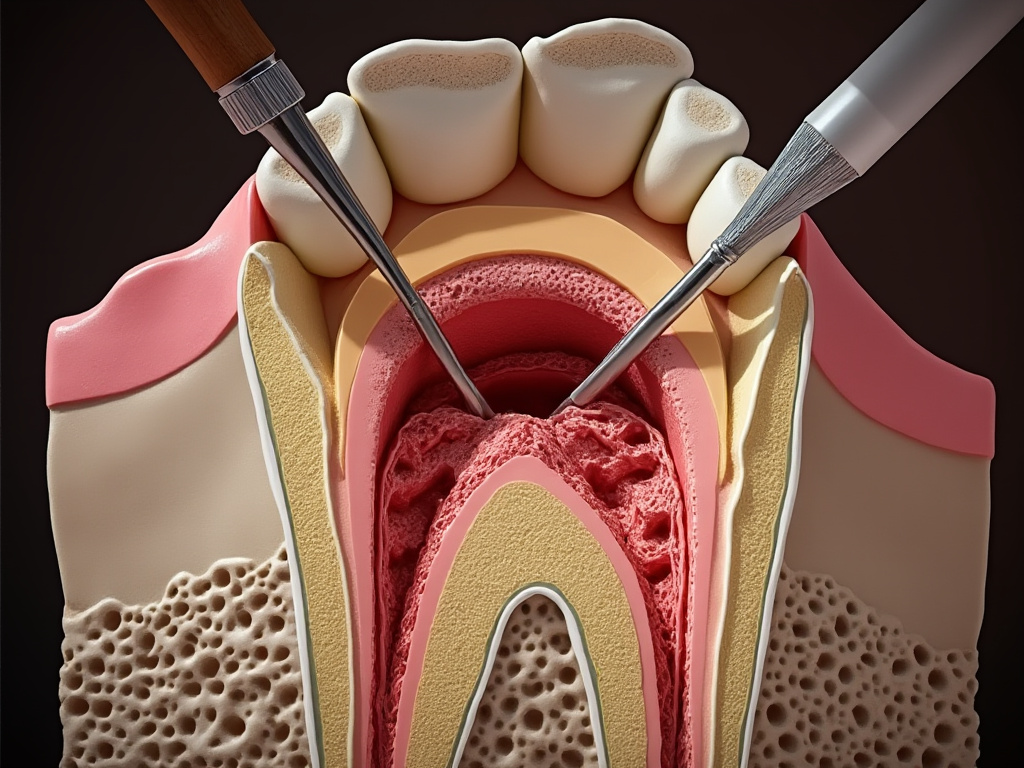
Allows you to bite and chew without discomfort.
Normal Biting Force and Sensation
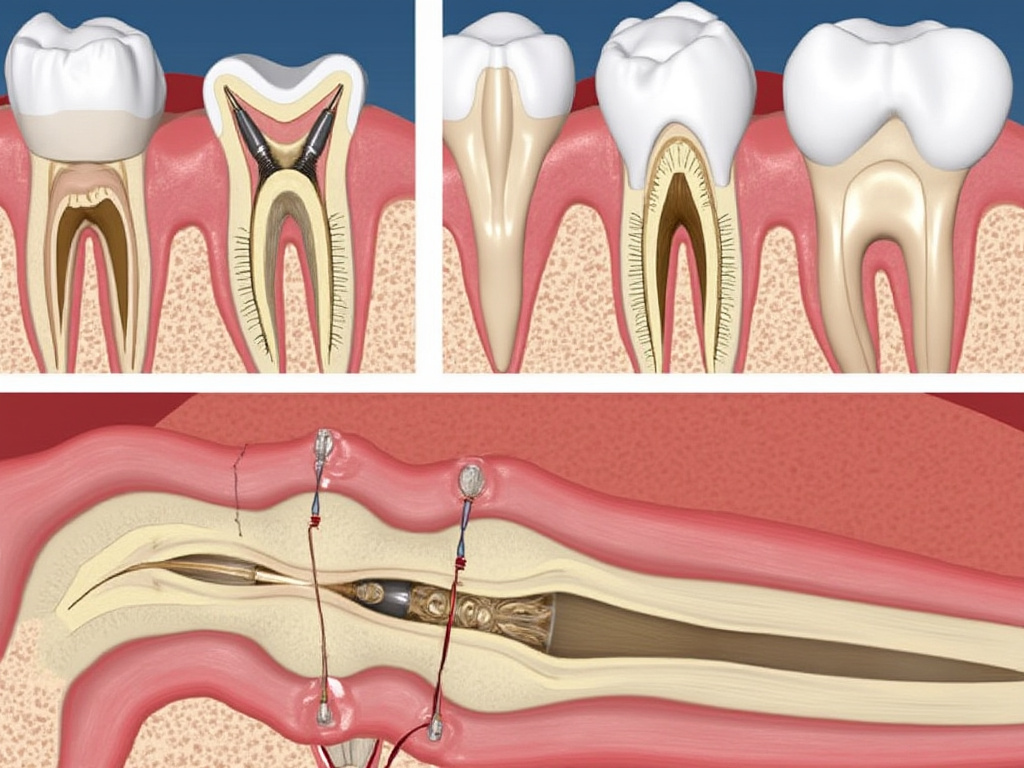
Prevents excessive wear or strain on neighboring teeth.
Protection of Adjacent Teeth
Contrary to common misconceptions, modern root canal treatments are relatively painless and comparable to routine fillings in terms of discomfort. Advancements in dental technology and anesthesia have made the procedure more comfortable and efficient.

Aftercare and Recovery for Root Canal Treatment
Post-procedure, it’s normal to experience some sensitivity or mild discomfort, which can be managed with over-the-counter pain relievers. Maintaining good oral hygiene and attending regular dental check-ups are crucial to ensure the longevity of the treated tooth. In some cases, a crown may be recommended to protect the tooth from future damage.
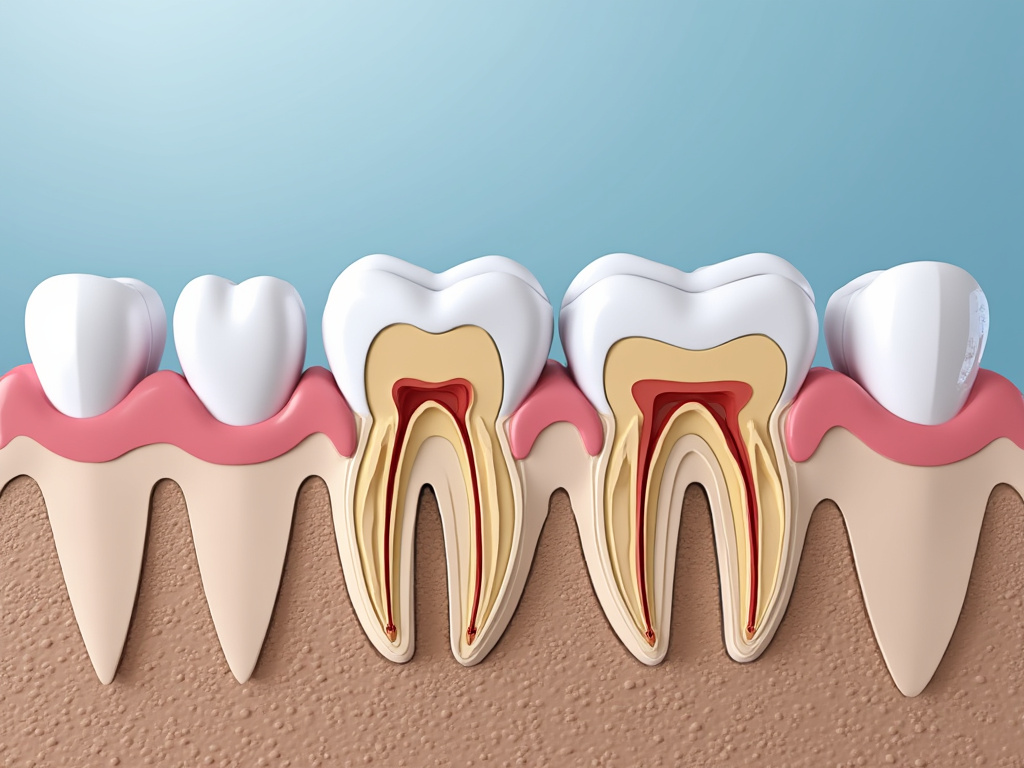
Conclusion
A root canal is a common and effective procedure to treat infected or damaged tooth pulp, relieving pain and restoring dental health. If you’re experiencing symptoms indicative of pulp infection, consult your dentist or an endodontist to discuss the best course of action. With proper care, a tooth treated with a root canal can last a lifetime, ensuring your smile stays healthy and functional.
